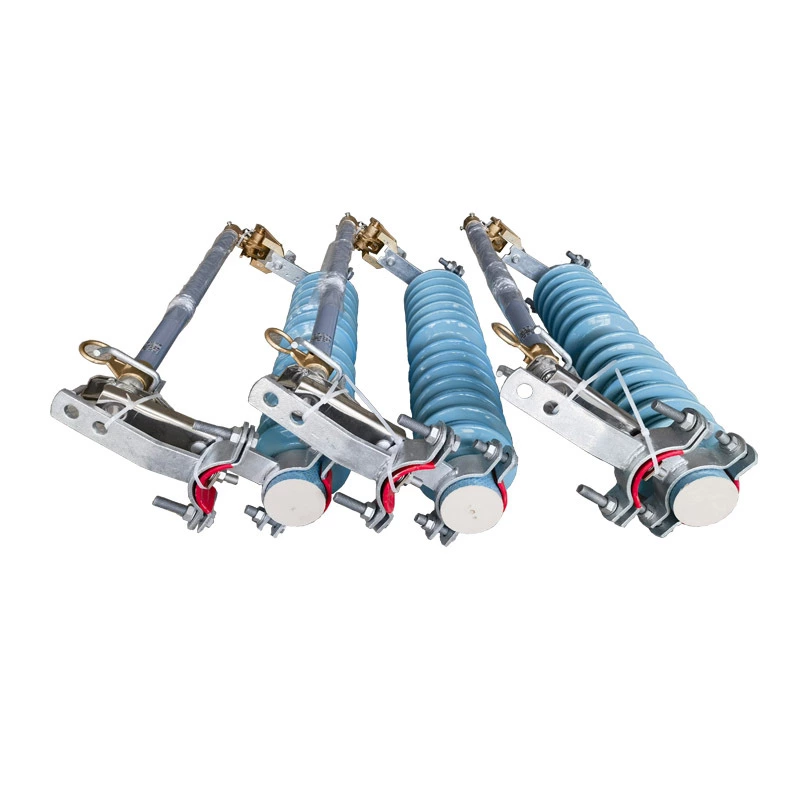Common Name And Function Analysis Of Drop-out Type Fuse
As one of the most recognizable protection devices in the power system, drop-out fuses are commonly referred to as "drop-out fuses" or "drop-out switches" in my country's power industry. This common name stems from its special working characteristics: when the fuse melts, the fuse tube automatically falls under the action of gravity, forming a clearly visible disconnection point. In the Northeast region, there is also a folk name for "drop-out tubes", which intuitively reflects the structural characteristics and operating principles of the equipment.
1. Structural characteristics and action mechanism
The equipment consists of three core components: insulator support, melting tube assembly, and pressure relief cap. The melting tube adopts a gas-generating arc extinguishing structure, with silica sand and gas-generating arc extinguishing materials filled inside. When the short-circuit current reaches the set value, the fuse is heated and melted to generate an arc, and a longitudinal arc blowing effect is formed under the action of the gas-generating material, so that the arc is quickly extinguished within 1/4 cycle. The drop angle of the fuse is usually designed to be 20°-30° to ensure that it can be reliably separated from the support after a fault occurs.
The rated current selection follows the principle of 1.5-2 times the rated current of the transformer. The 10kV system often uses 12kV/100A specifications. The opening speed is controlled in the range of 0.8-1.2m/s, which can not only ensure the rapid disconnection of the fault, but also avoid mechanical impact damage to the equipment.
2. Application scenarios and technical advantages
It is mainly used for branch line protection of 10kV distribution lines, especially for overload protection of distribution transformers with a capacity of less than 500kVA. Compared with vacuum circuit breakers, it has significant economic advantages: procurement costs are reduced by 60% and maintenance costs are saved by 75%. In mountainous power grids, the device can be used in conjunction with disconnectors to achieve oil-free operation, significantly improving power supply reliability.
The technical features are reflected in three aspects: first, the visible fracture provides double protection, second, the precise ampere-second characteristics are achieved through the inclination angle of the melting tube, and third, it has a natural isolation function. These characteristics make it still maintain an important position in the distributed power supply access scenario.
... ... With the improvement of environmental protection requirements, the research and development of lead-free melt materials has made breakthroughs. The new tin-based alloy melt has reduced the heavy metal content by 90% while maintaining the original ampere-second characteristics. This environmentally friendly fuse has been promoted and applied in smart grid pilot projects in Zhejiang, Guangdong and other places.
4. Conclusion
High Voltage Fuse continues to play an irreplaceable role in the field of distribution network protection due to its simple structure and convenient maintenance. With the advancement of material technology and intelligent transformation, Enbima's classic equipment is radiating new vitality and continues to protect the safe operation of the power system.

